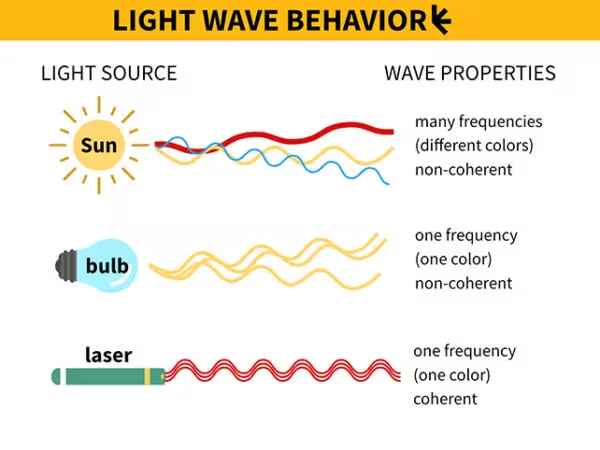3 Minutes
Uncovering the Science Behind Peacock Feather Iridescence
For centuries, peacocks have fascinated naturalists and scientists with their spectacular, iridescent plumage, famed for shifting between vibrant blues and greens. Now, groundbreaking research by teams at Florida Polytechnic University and Youngstown State University has unveiled even more remarkable optical properties hidden within these feathers—an ability to generate laser-like light, making peacocks the first known animals with biological structures that function similarly to lasers.
Exploring Nano-Scale Structures and Light Scattering
Peacock feathers get their signature shimmer from microscopic nanostructures that reflect and scatter light, a phenomenon called structural coloration. To probe further, researchers applied specially formulated fluorescent dyes to various locations on the tail feathers, particularly focusing on the colorful eyespots. Under detailed observation, they noticed that some parts of the feathers were emitting an unusual glow, unlike anything previously documented in animal biology.
Discovery of Natural Lasers in Peacock Eyespots
At the heart of the discovery were the eyespots—intricate patterns on the feathers that caught the light in a unique way. The scientific team discovered that within these eyespots, nano-sized resonating structures form "optical cavities"—microscopic chambers where light waves are reflected back and forth, aligning their phases. This precise alignment leads to the emission of coherent laser-like light, specifically in the yellow-green spectrum.
The term "laser" stands for Light Amplification by Stimulated Emission of Radiation—a process in which light waves are multiplied as they bounce between reflective surfaces, boosting energy output and coherence. In the peacock’s feathers, this process appears to occur naturally, creating a biological laser effect that emits two distinct wavelengths: green and yellow-orange.

Implications for Biological Science and Photonics
Precisely how these nanostructures assemble to produce such fine-tuned light remains an open question. However, the observation that all eyespots produce identical laser-like signatures suggests an evolved, precise mechanism. According to the researchers, further analysis of these nano-resonators could inspire advances in biophotonics, such as next-generation optical sensors, biomimetic laser development, or new non-invasive imaging techniques for living tissues.
While the evolutionary advantage of these laser-like emissions to peacocks is still speculative, scientists propose that it may play a role in mate attraction or signaling—potentially creating visual cues that are invisible to human eyes but highly conspicuous to other peacocks, thanks to their specialized vision.
Conclusion
This remarkable discovery not only transforms our understanding of peacock feather iridescence but also positions peacocks at the frontier of natural photonic innovation. By deciphering the nano-architecture of feathers capable of emitting coherent light, researchers bridge evolutionary biology with advanced optics, opening the door to revolutionary applications in laser technology and materials science. As scientists continue to explore the natural world’s optical marvels, the peacock’s tail now stands as a shining example of how evolution can engineer sophisticated, light-manipulating nanostructures rivaling human technology.
Source: nature



Comments